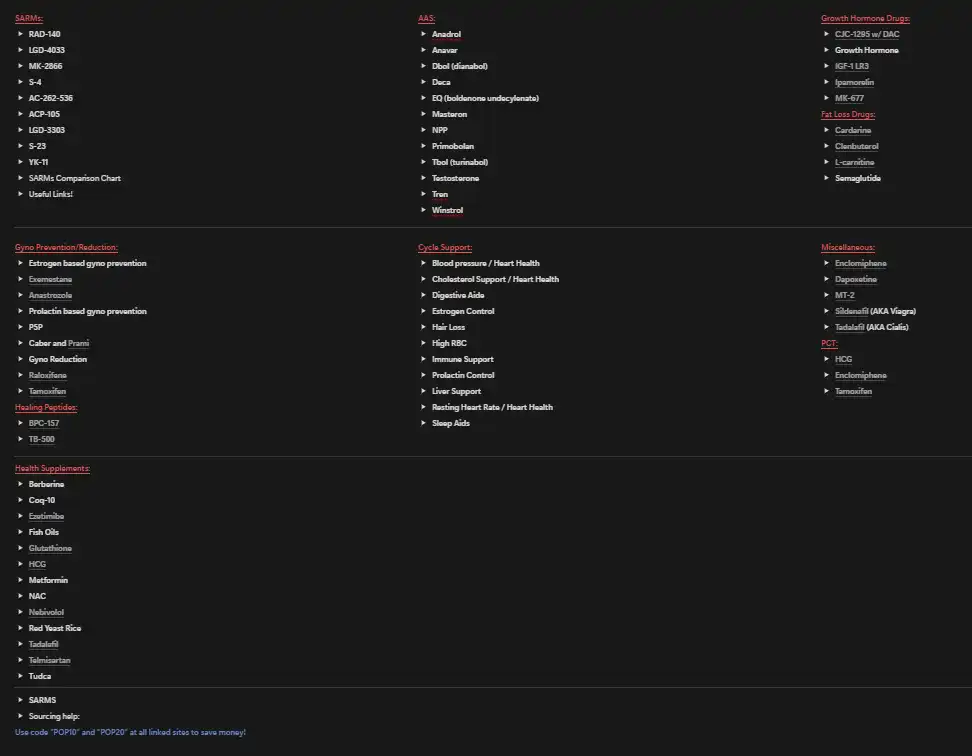At first glance, this post may seem boring and uninteresting. And the reality is that it probably is. But you must understand the difference between these two types of water if you want to get the most out of using peptides like BPC-157, Melanotan-II, CJC-1295, HCG or even HGH!
The difference between BAC water and sterile water is very simple:
This is important because the bacteria found in air will degrade a peptide, which is why reconstituting a peptide with sterile water only makes sense if you intend on using the whole content of the vial within a day or two.
After 2-3 days, enough bacteria will have entered the vial to start to degrade the peptide, and a few days later it will be virtually useless (even if it has been stored in a fridge).
Peptides reconstituted in BAC water, however, can last for up to 2 weeks before starting to degrade and lose potency. After 4 weeks, the peptide will be pretty much useless (assuming it has been stored in a fridge).
This is important because a lot of people think their 10,000iu HCG vial (or any other peptide for that matter) will last them 10 weeks if they pin 500iu twice a week, when the reality is they will only be able to take advantage of roughly 40% of that vial before it degrades almost completely.
Take this into account when using peptides, or you will continue to pin for no reason at all, and you will stop seeing the benefits you were expecting.
premium resources

Everything you would ever want or need to know about SARMs to use and recover from them. Also includes other research chemicals.

An all-in-one guide that will teach you how each of the peptides works, how you can use them and find the perfect one (or stack) to reach your goals.

Wish there was ONE comprehensive, easy-to-read guide to get you fully informed on the safe and effective use of anabolic steroids?

Improve penile function, get harder fuller and longer-lasting erections, increase stamina in bed and last longer, go more rounds. All the good stuff.

A summary of everything you NEED to know about using PHs as safely as possible, supplements to stay as healthy as possible during cycles and how to recover (PCT).

A document I originally made for my clients. A neat map to the sphere of PEDs and supplements.
You'll receive the link and a once-a-week PED-related article in your inbox upon subscribing.
A special gift to all my email subscribers. The PED Dictionary is a DOC designed to help you navigate the world of enhanced bodybuilding. A game changer for beginners that want to learn more but don't know where to start, and a must-have handbook for even the most advanced enhanced researchers.